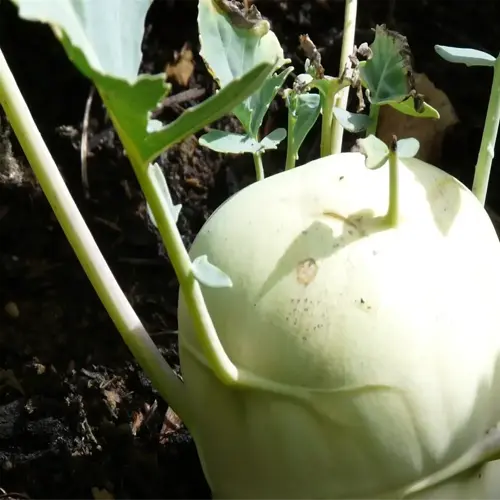Are yams and sweet potatoes interchangeable?

Written by
Benjamin Miller
Reviewed by
Prof. Samuel Fitzgerald, Ph.D.People frequently mistake yams for sweet potatoes, and it's reasonable to do so considering their resemblance. Yams and sweet potatoes are two dissimilar plant families. Supermarkets generally misidentify orange-fleshed sweet potatoes as yams. Yams (Dioscorea) are primarily found in Africa, are uncommon in the U.S., and, when available, are large tubers with bark-like skin and flour-like texture that are not suitable for pie-making.
Botanical Classification
- Yams: Dioscoreaceae family, tropical origin
- Sweet potatoes: Convolvulaceae family, temperate climates
- Growth habit: Yams grow as vines up to 8 feet
- Flowers: Sweet potatoes bloom morning glory-like flowers
Physical Traits
- Skin texture: Yam bark vs. sweet potato smoothness
- Flesh color: Yam white/purple vs. sweet potato orange/white
- Shape: Yam cylindrical vs. sweet potato tapered ends
- Size: Yams reach 5+ lbs vs. sweet potatoes 1-2 lbs
Nutritional Profile
- Beta-carotene: Sweet potatoes 20,000 IU vs. yams 0 IU
- Fiber: Yams 6g per cup vs. sweet potatoes 4g
- Sugar content: Sweet potatoes 7g vs. yams 0.5g per 100g
- Vitamin C: Yams 20% DV vs. sweet potatoes 4% DV
Labeling confusion began in the 1930s with marketing practices. Southern growers labeled orange sweet potatoes as ‘yams' to differentiate them from white sweet potatoes. The USDA now requires sweet potatoes to say ‘yam' along with the sweet potato name to highlight this intentional mislabeling.
The requirements for storage vary greatly between each of these crops. True yams require 55-60°F (or 13-16°C) at 85% humidity, whereas the sweeter potatoes prefer dry conditions of 60-65°F (16-18°C). I learned the hard way about both when I put them together in one bin and ruined both batches! I will not forget that expensive lesson about proper separation.
Read the full article: How to Grow Sweet Potatoes: Complete Guide

